Power and Hierarchies
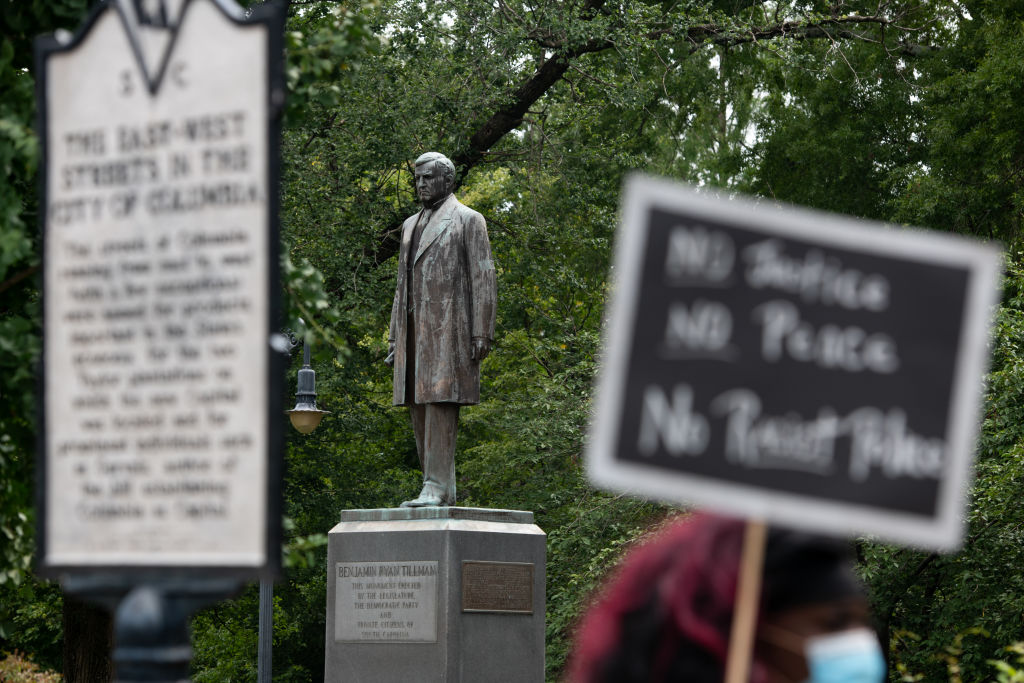
Power and the structures that determine how power is generated, retained, and wielded have been described and critiqued though anthropological studies. This unit provides students with the opportunity to take note of the power structures that shape the world. They are encouraged to consider the nature of power, the way it is exerted, and the implications for those who have state and structural power and those who seek to obtain it. Finally, they will learn about individual and collective efforts to challenge and dismantle these structures, and develop new systems.
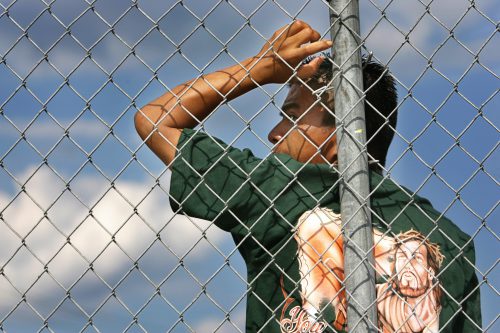
How Our Modern Lifestyles Perpetuate Slavery
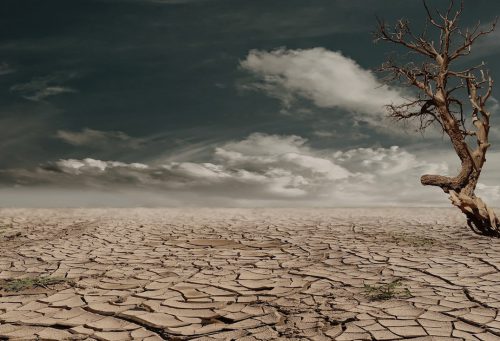
Corporate “Sorcerers” Reveal the Magical Power of Capitalism

El impulso de España para descolonizar sus museos debe continuar
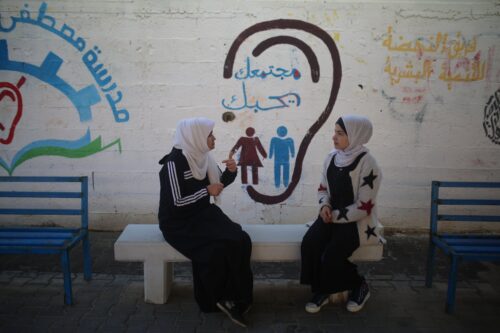
La comunidad Sorda de Gaza frente al genocidio
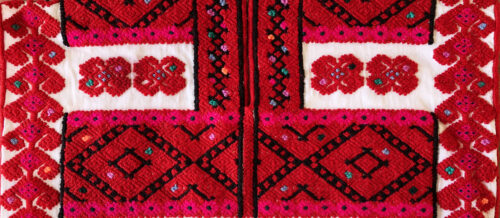
Sentir lo que somos/A’yel jtaleltik

¿Puede la digitalización de lápidas salvar a la historia?

El orden de mi mochila y Tres etapas para nada

Para las familias de seres queridos desaparecidos, las investigaciones forenses no siempre cierran el caso

Las entrañas de la videovigilancia en la Ciudad de México
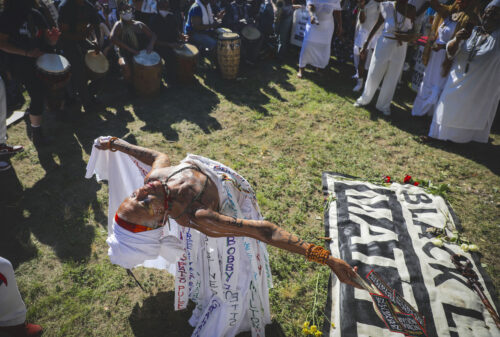
La urgencia de imaginar un mundo sin policía
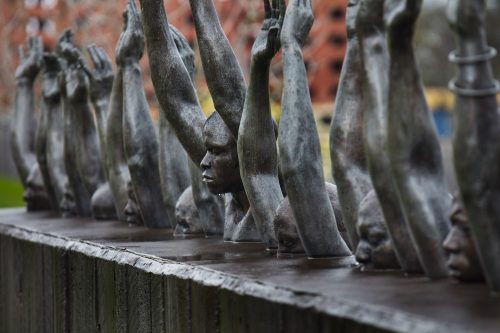
Cómo una confesión forzada dio forma a la historia de una familia

El movimiento #MeToo en la antropología y el caso contra Harvard
- Power takes various forms in our societies; it is instilled in the structures that give shape to our societies through law and order, rules and regulations, and socioeconomic and political systems.
- Power structures determine what is desirable; they are created by groups that hold power and enable them to retain it.
- Anthropology has a rich history of rendering visible these invisible structures and the “common sense” that sustains them.
- In addition, anthropologists work with people who are disenfranchised, and researchers are increasingly engaging in activism and allyship. They use their work to help bring attention and justice to those who suffer under overlapping systems of patriarchy, colonialism, neocolonialism, imperialism, capitalism, homophobia, and racism.
- Anthropologists also engage in work that studies those who are in power in order to provide collectively holistic panoramas of how power works “above” and “below.” Examples of this kind of work include studies of heads of state, whiteness and white supremacy, military regimes, and major corporations.
-
Das, Veena. 2008. “Violence, Gender, and Subjectivity.” Annual Review of Anthropology 37: 283–299.
-
Quijano, Aníbal. 2000. “Coloniality of Power, Eurocentrism, and Latin America.” Nepantla: Views From the South 1 (3): 533–580.
- Are anthropologists well-positioned to study power? Why or why not?
- How does power play out differently on a structural versus an interpersonal basis?
- How do power structures affect people as individuals and as groups?
- What difficulties and ethical issues might anthropologists who study groups in power face and have to consider? What about with groups that are marginalized?
- Why is violence important to systems of power? Give examples from the readings to support your claims.
- Have students select a community or subculture (e.g., professional baseball, the Lutheran Church). Then ask them to analyze how it is organized hierarchically and the implications of power from within this hierarchy. Have them write an essay or discuss their insights with the class.
-
Article: SAPIENS’ “How the Samoan Tattoo Survived Colonialism”
-
TED Playlist: A Playbook to Understanding Power
-
Video: Crash Course Sociology #21’s “Social Stratification”
Eshe Lewis (2020)
Gender and Sex
